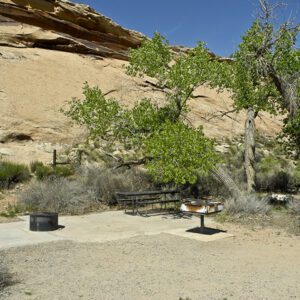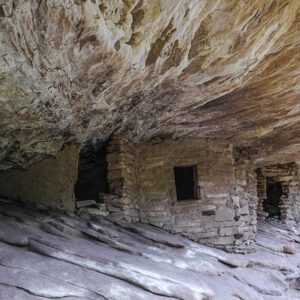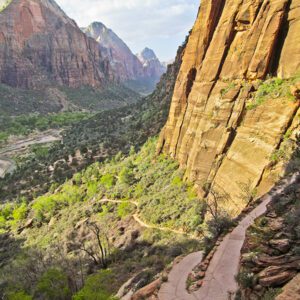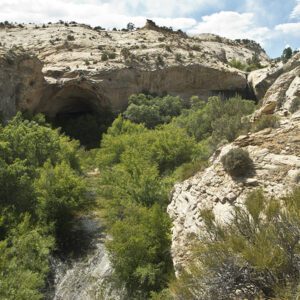In Cedar Breaks National Monument, a colorful amphitheater of disintegrating hoodoos cuts into the surrounding pink cliffs
Cedar Breaks National Monument is a premier stop in a string of famous Southwestern parks. At 10,000 feet elevation, it’s nestled in the spruce and fir forests of the Utah’s high country. So while hoards of tourists are sweating it out at nearby Zion National Park, you can enjoy the cool temperatures and much smaller crowds at Cedar Breaks.
Visiting the monument
At Cedar Breaks, hoodoos and spires cascade down the crumbling limestone walls, filling the natural amphitheater and forming the main attraction of the monument. While the Southern Paiute most accurately named the area “circle of painted cliffs,” the present name of Cedar Breaks is a marriage of misnomers. Early settlers misidentified junipers as cedar trees, and their common speech referred to badlands as “breaks.” Consequently known as Cedar Breaks, the name persists as today’s national monument.
Depending on the season, you’ll find a range of activities here. During the summer, flower-filled meadows surround the amphitheater. An annual flower festival highlights the beautiful blooms. Two short trails meander along the meadows, forests, and amphitheater rim. At night, ranger-led star parties celebrate the clear, dark skies. And in the winter, Cedar Breaks is a white wonderland open to cross country skiing, snowshoeing, or snowmobiling (the main park road is closed to vehicles in the winter).
Be sure to stop at the visitor center to see a schedule of events, and enjoy exploring this unique pocket of geology in southern Utah!
Trails: Alpine Pond Trail | Spectra Point/Ramparts Overlook Trail
Directions: From Cedar City, Utah, take UT 14 about 18 miles, and turn north on UT 148 towards Cedar Breaks and Panguitch Lake. High snowfall causes the park service to close this road in the winter. The monument is 4 miles ahead, and the visitor center is on the left after you enter.
Geology
A body of water called Lake Claron once covered the area that is now Cedar Breaks. Sediment from surrounding highlands eroded and accumulated in the lakebed, and was then cemented with iron and manganese into a brightly colored limestone. The water dissipated, and the nearby Hurricane Fault raised the Markagunt to its present elevation of over 10,000 feet. Over time, physical and chemical weathering has sculpted the pink cliffs into a landscape of hoodoos and spires that continue to erode today.
General Location Southwest Utah
Closest Towns Cedar City, Utah
Cost Individual Fee (16+ years): $10/person. Children 15 and under are free.
Amenities Visitor center, Bookstore/Gift shop, Drinking water, Restroom, Picnic area
Managed By National Park Service
Pets Leashed pets are allowed at paved areas
More Info NPS website
Adventure awaits
Sign up to get monthly hikes in your inbox for a year.
Related Hikes by Destination

Sites: 25
Season: Open year-round
Reservations: For groups sites only

Distance: 8 mi (12.9 km)
Difficulty: Easy
Type: Out and back

State: Utah
Nearest Town: Springdale, Utah

Distance: 2.2 mi (3.5 km)
Difficulty: Moderate
Type: Out and back

